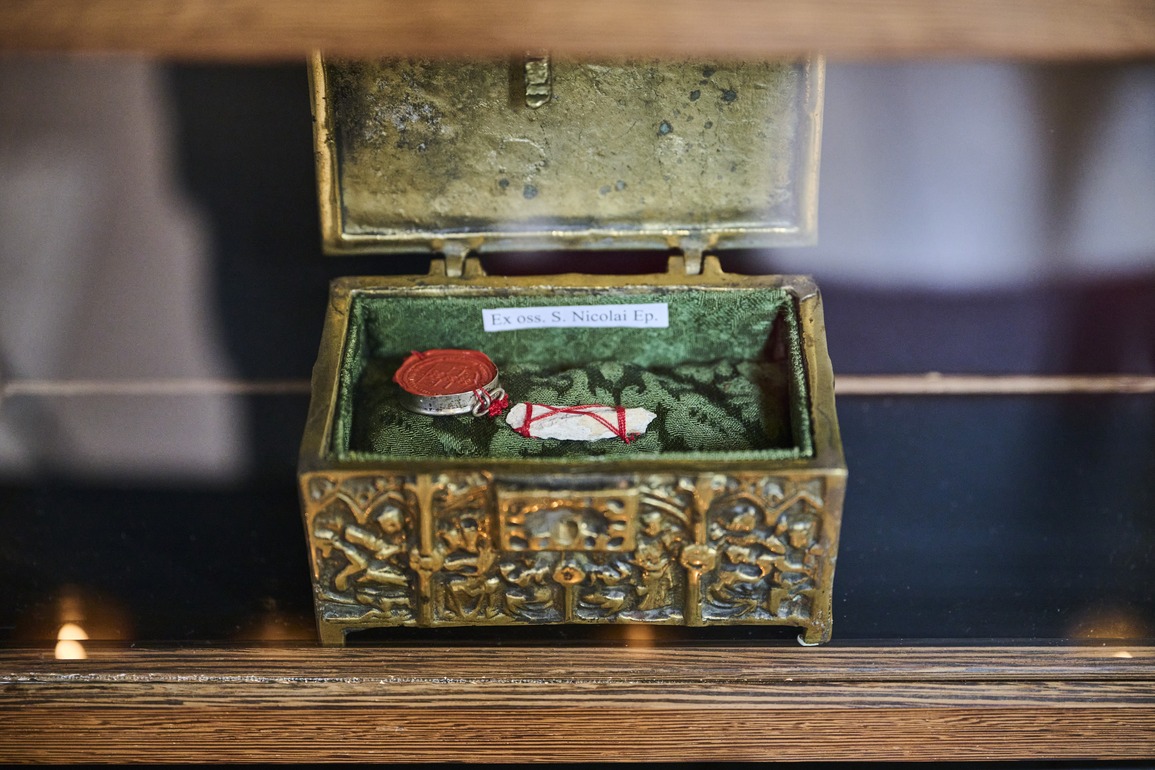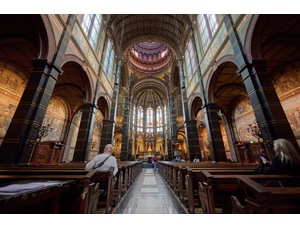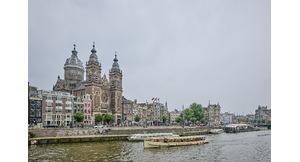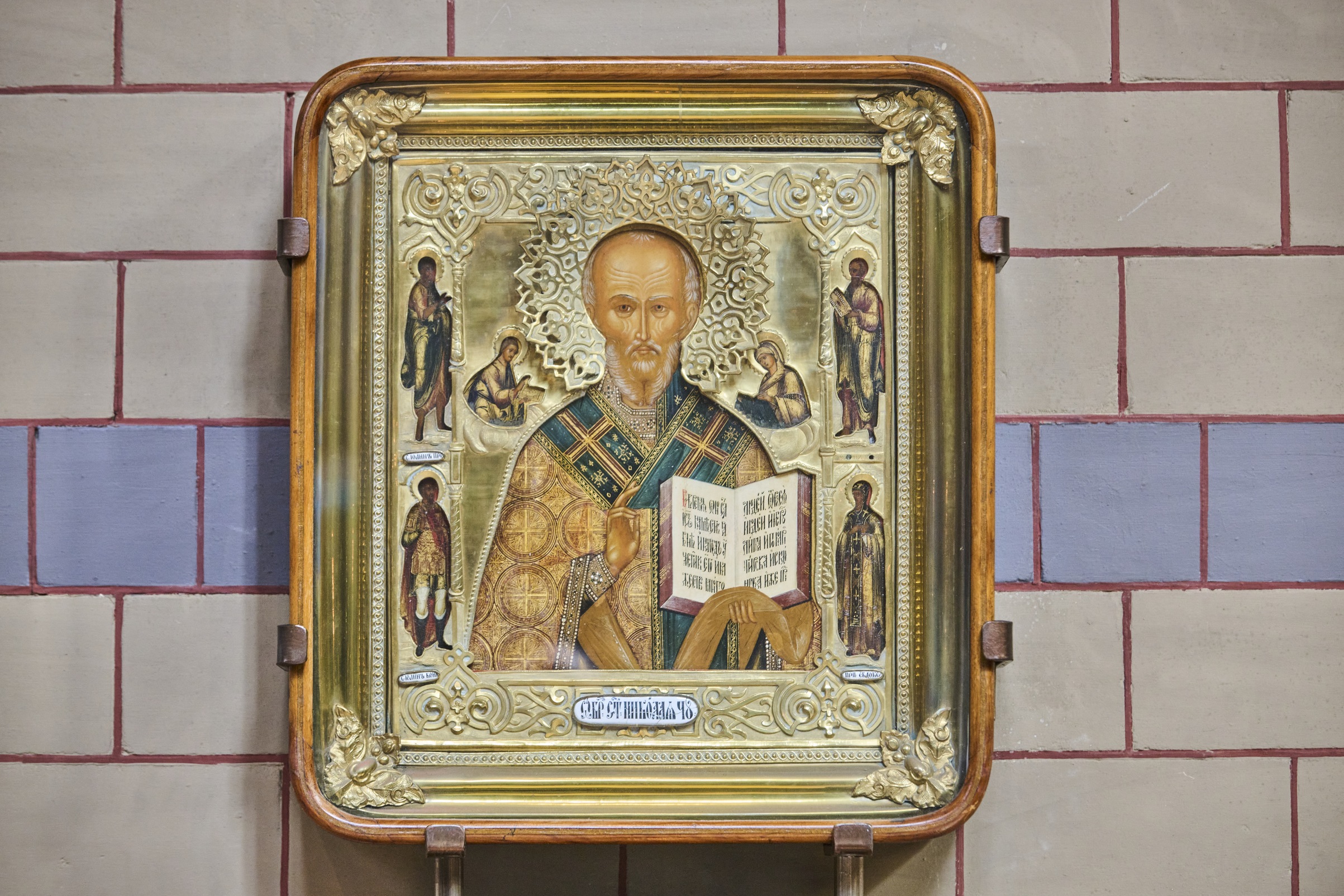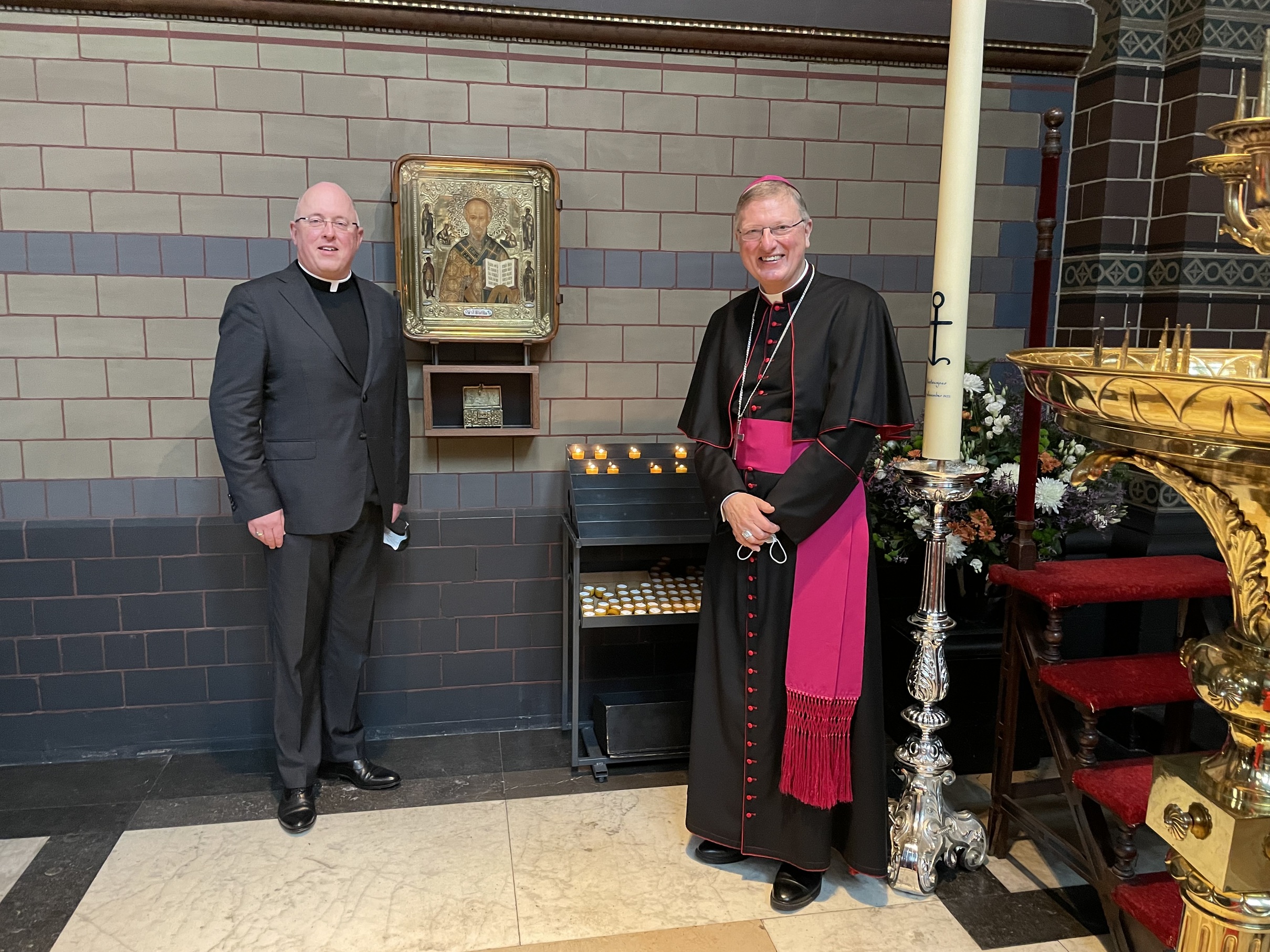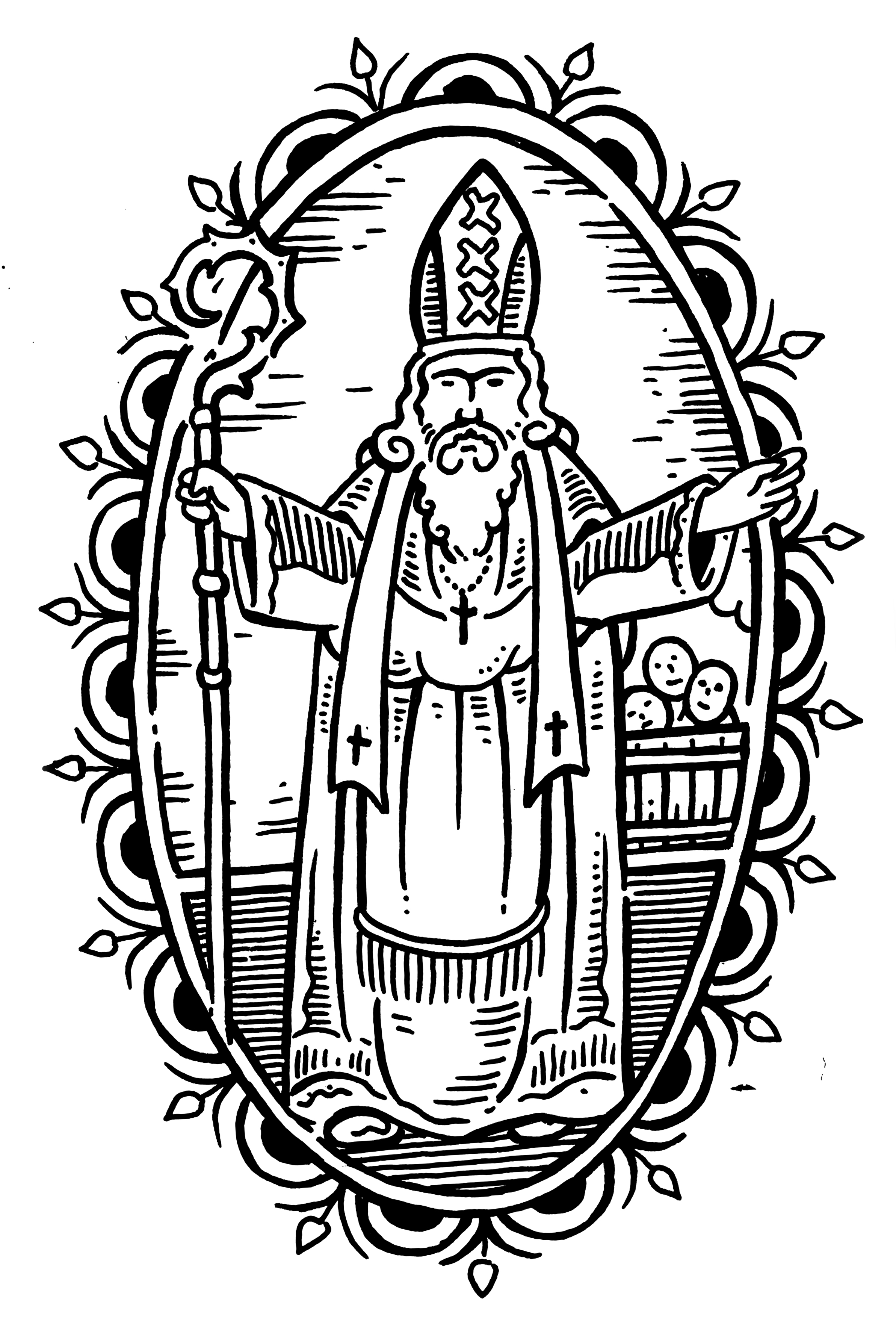St Nicholas is amazed! Almost 1,700 years after his death, a piece of his bones is interred in a basilica in Amsterdam.
Location
Co-Cathedral Basilica of Saint Nicholas
Prins Hendrikkade 73
Type
Basilica
Religious community
Roman Catholic Church
Object
Relic of St Nicholas, patron saint of Amsterdam
Maker and date
Maker unknown
300-400
Visit
On view in St Nicholas Basilica
Saint Nicholas tells
'I never expected to become a saint. I was actually ‘not saint material’. I was not a theological heavyweight, did not follow an ascetic lifestyle and did not die a martyr. I was mostly a ‘ do-er’ and stood up for vulnerable people: widows and orphans, unmarried women, the poor and prisoners. I never expected to receive so much appreciation, let alone veneration.'
'I understand that around 1306, Amsterdam's first church (later Oude Kerk) was dedicated to me, St Nicolas. This was done by Guy of Avernes, bishop of the diocese of Utrecht. With that, I officially became the patron saint of Amsterdam. I don't know exactly why I was chosen for this. Presumably the fact that Amsterdam had a seaport from the very beginning played a part and I am the patron saint of harbour towns and sailors.’
What is a relic?
The Latin text in the reliquary (Ex oss. S. Nicolai Ep.) means ‘from the bones of St Nicholas, bishop’. With the arrival of the relic, a piece of Amsterdam's patron saint is tangibly present in the city. Relics are traditionally used to pray to God through the intercession of a saint; using the saint as a mediator. A relic is also a source of strength and inspiration of the saint's special qualities. In the case of St Nicholas, his generosity, caring and practical support to the poor and vulnerable.
Who was St Nicholas?
Nicholas was born around 260/270 in Patara (in south-western Turkey today) to well-to-do Greek Christian parents. He was bishop of the city of Myra for several years. There he died on 6 December in the year 335 or 337. As bishop, he offered a lot of help to vulnerable and poor people in need. After his death, many miracles happened around his person. He was canonised in 550. In 1087, his bones were stolen and taken to their current residence in Bari, Italy. After that, he became a popular saint across Europe.
Christel Grimbergen
Volunteer at the Co-Cathedral Basilica of St. Nicholas
Last edited
October 22, 2024
Reliquary with relic of St Nicholas, maker unknown, fourth century, bronze, velvet, stamped lacquer and bone. Gift from St Adelbert Abbey. Collection Basilica of Saint Nicholas. Photography Robert Westera.
Interior and exterior: photography Robert Westera.
Icon of Saint Nicholas, maker and date unknown, oil on panel. Collection Basilica of Saint Nicholas. Photography Robert Westera.
Placement of the relic on 5 December 2021, photo www.arsacal.nl, courtesy of the Diocese of Haarlem-Amsterdam, Bishop Dr Jan W.M. Hendriks. Photography Ramon Mangold.
Saint Nicholas. Logo and design tattoo on the occasion of the Nicolas year, Henk Schiffmacher, 2021. Collection St Nicholas Basilica / Henk Schiffmacher.
Blom, A., Nikolaas van Myra en zijn tijd (Hilversum 1998).
Vankan, M., Heilige Nicolaas, bruggenbouwer tussen Oost en West. 1700 jaar devotie, legenden en Volksgebruiken, 3e herziene druk (Heerlen 2022).
Online sources
Reliek van Sint Nicolaas bijgezet in Basiliek (NHNieuws 5-12-2021)
Last visited 14-06-2024
Radio 1 ‘Met het oog op morgen’, interview met broeder Adelbert van de St Adelbertabdij in Egmond over de herkomst van het reliek
Last visited 14-06-2024


